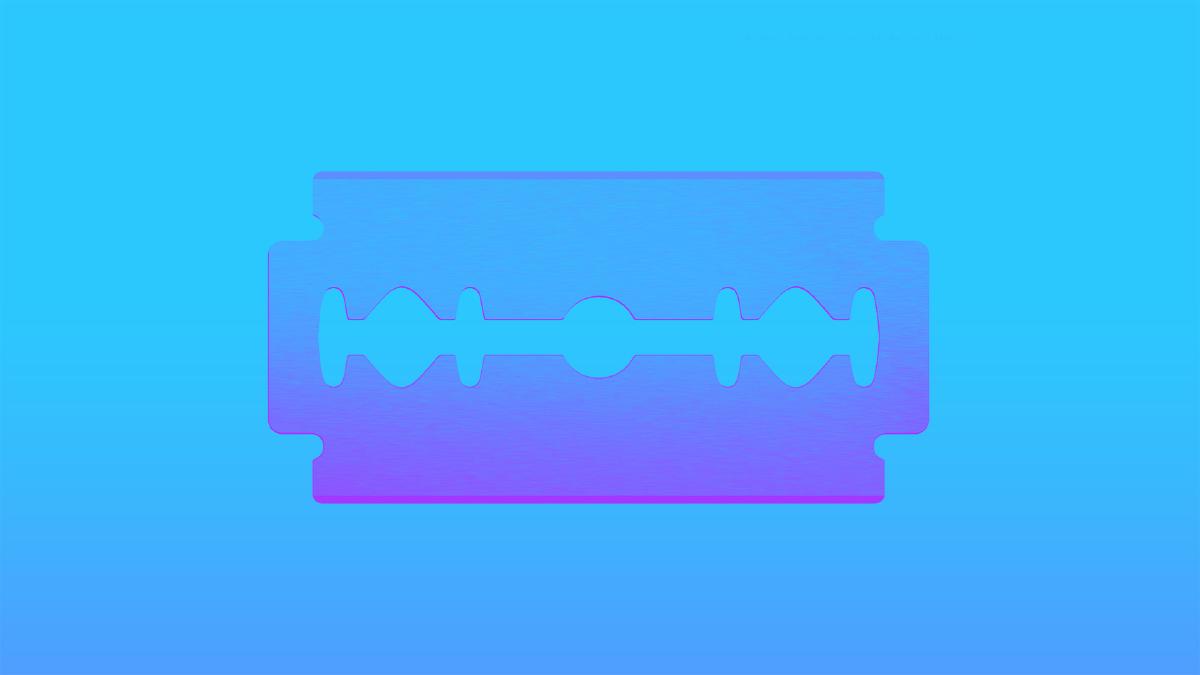Things I’ve Learned in 10 Years of Design

Ten years of design is a milestone, so I’d like to take the opportunity to reflect a bit. During my short career as a designer, there’s been occasions where I’ve learned something that you just aren’t taught in school. Some of these lessons are common-sense, while others are very specific to an experience. These are by no means all the things I’ve learned, but are some of the most important ones.
I’d love to share them with you in the hopes that you can take away some useful advice.
Give a shit
This one is especially important because if you don’t care, the work will suffer. And when the work suffers, you give Design a bad rap within your organization. It makes it harder for designers that do give a shit to be taken seriously.
Learn to shut up
Take in the information around you, make note of what’s being said, and listen for the things that aren’t being said. It’s amazing how much we miss when we’re just thinking about the next thing we want to say.
Feedback is an essential part of Design
Good design isn’t art, it’s a solution that effectively and efficiently solves a business problem. And to solve the problem, a designer needs feedback early and often. Without feedback, there’s no way to know you’re heading in the right direction.
Don’t get precious
Criticism about your work isn’t criticism about you as a designer, period. Don’t go on the defense the second you receive feedback that you don’t agree with. In fact, try to leave the ‘you’ out of it altogether — it’s about what’s right for the user. Being precious about your work will only prevent you from remaining flexible and open to alternative solutions.
Always add more whitespace
Whitespace is a transformative design element: the more you add, the better a design can feel. Be prepared to add more whitespace (or reduce elements in favor of it) than you’re comfortable with. You won’t regret it.
Burnout is the enemy
Burnout kills productivity and the ability to be an effective problem-solver, which is kind of important to a designer. It’s in your best interest, and the best interest of your employer, for you to protect yourself from burnout. Do whatever it takes.
Some projects suck. But…
Look—everything can’t be a Dribbble shot. It’s important to treat every project as an opportunity to learn something new. Sometimes that means finding the one thing about it that interests you, and make it the best you can.
Good solutions come as a result of good process
There, I said it. No good process, no good design. You don’t get to an effective solution that solves a real problem by just going willy-nilly.
Design is a discipline, not a hobby
Design is about much more than making things look pretty— it’s about solving problems. You need process to solve problems, and process requires discipline. And like any discipline, you must practice — every, single, day. You’ll never be a good designer if design is just a hobby for you.
Remember that design software is just another tool
I know everyone has their own way of working, blah blah blah. But if the first thing you do when starting a design is launching [insert flavor of the week design software], then you’re doing something wrong. Don’t let your design software become a crutch.
When you fail
There will be times when you miss the mark, and it will feel horrible. When this happens, remember that it’s just an opportunity to learn. Oh, and also remember that it’s time to bust your ass and make it right.
Learn to write
If there is one piece of advice I could give to a young designer, it would be to write. Write about the problems you’re solving, write about what inspires you, write about your opinions. This will not only help you clarify your own thoughts, but it increases your ability to articulate problems, solutions, and results.
Whether you just starting out, or you’re a seasoned veteran of Design, it’s important to always be learning from your professional experiences. I’ve shared with you some of my lessons learned during ten years of design, and I hope you found some valuable information in there.

